
Tips 09/11/2025 14:17
Put ice cubes in to cook rice: The seeds are delicious and chewy
ChatGPT đã nói:
News in the same category

Tips 09/11/2025 13:41

Bone stew, simmered bones for this dish, the meat is tender and the broth is sweet and clear.
Tips 09/11/2025 13:40

Last weekend, I made grilled ribs like this to treat my guests. Everyone exclaimed because it was so delicious.
Tips 09/11/2025 13:38

When you buy pork, don't wash it in water right away. If you do this, the meat will stay fresh and delicious for a whole month.
Tips 09/11/2025 13:36

Don't put ripe bananas in the refrigerator right away: Do it this way, and they will stay fresh for a whole month, without turning black or spoiling.
Tips 09/11/2025 13:33

Sour star fruit soaked in rock sugar has great effects?
Tips 09/11/2025 13:31

Crush a handful of these leaves and put them in the room
Tips 09/11/2025 09:56

Help! My 8-year-old was bitten by this strange bug, and I’m really worried. My sister-in-law nearby has seen similar ones. Any idea what it is?
Tips 09/11/2025 01:24
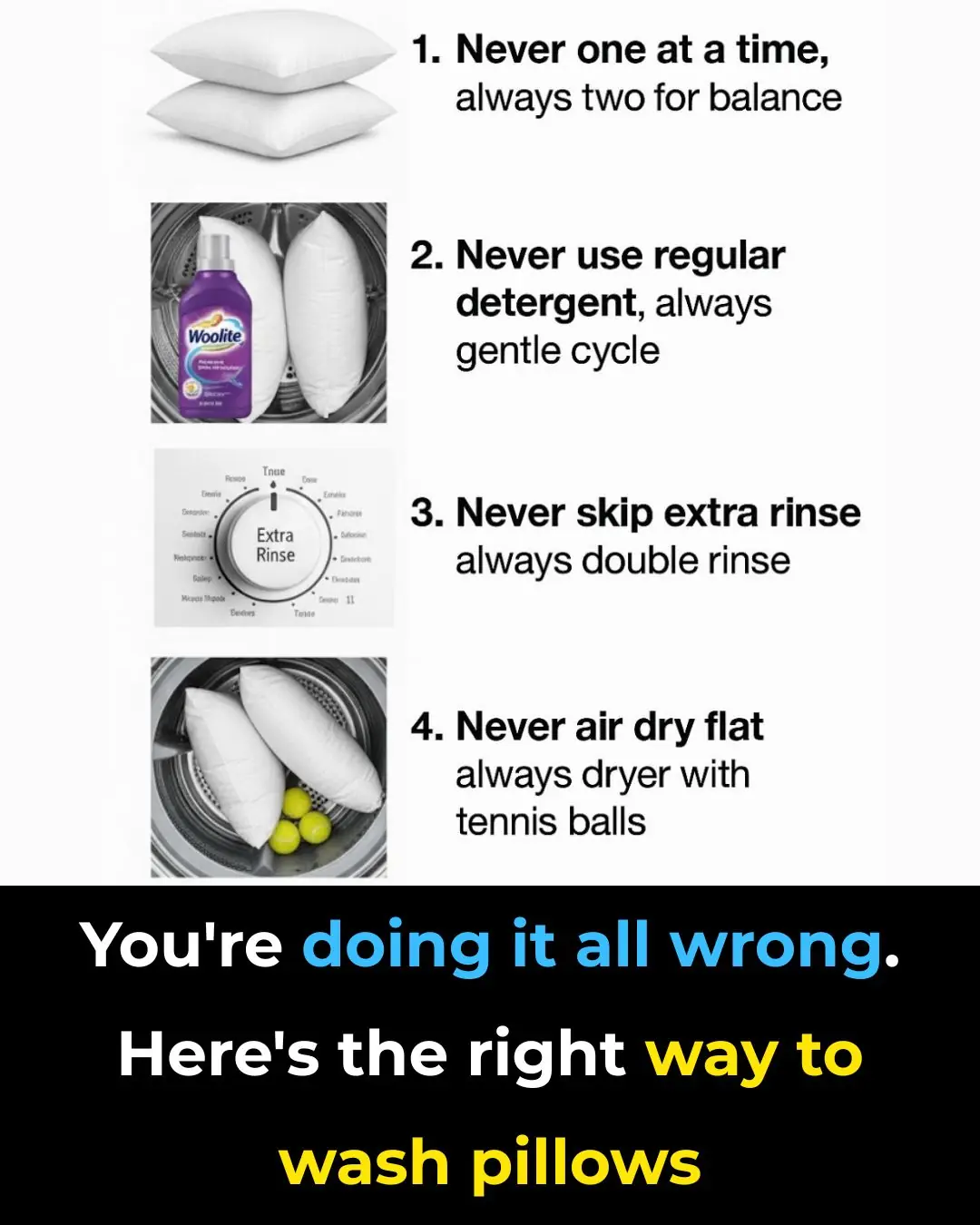
You’re doing it all wrong. Here’s the right way to wash pillows
Tips 09/11/2025 01:22
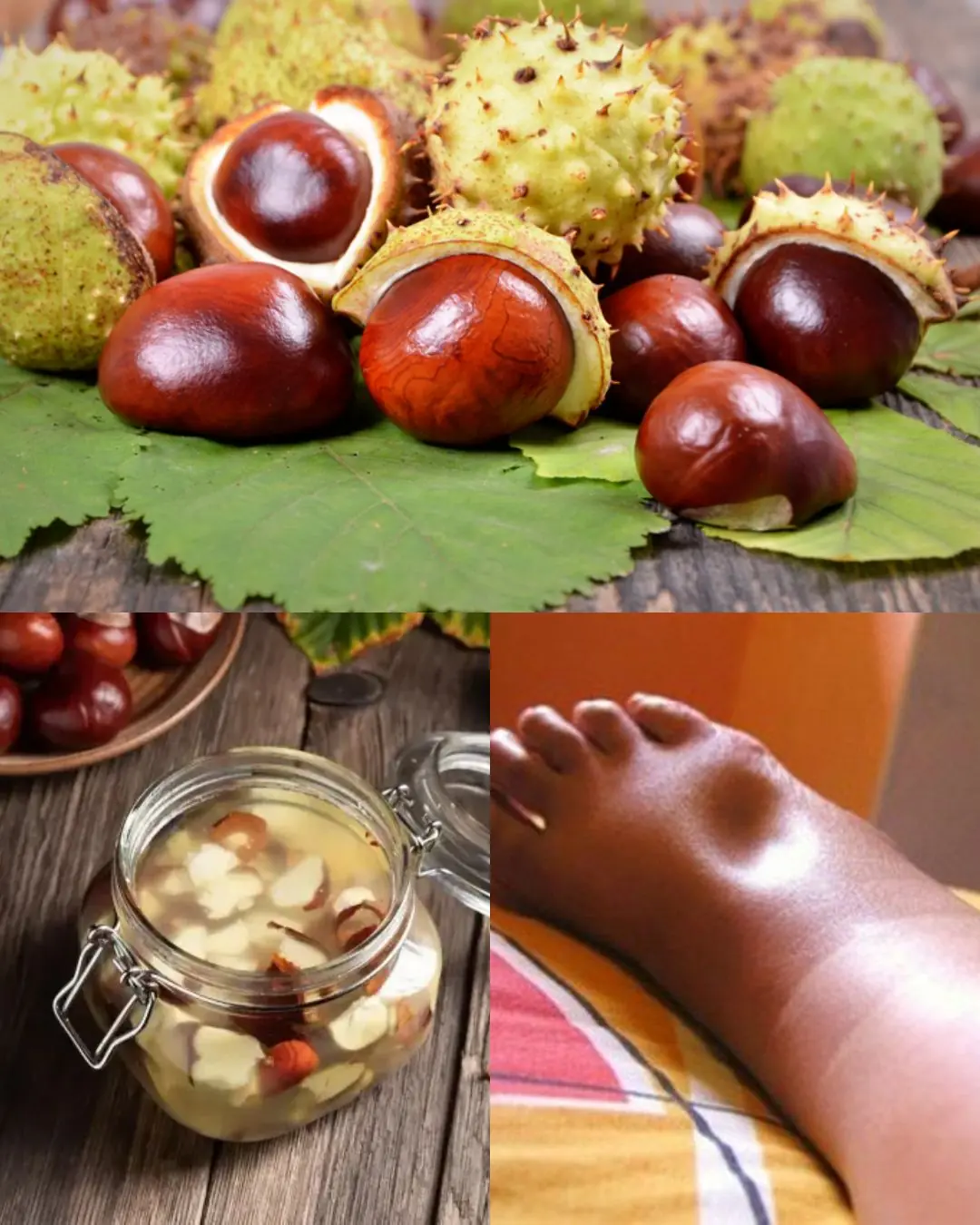
Horse Chestnut: The Strongest Natural Remedy for Swollen Legs and More…
Tips 09/11/2025 01:21
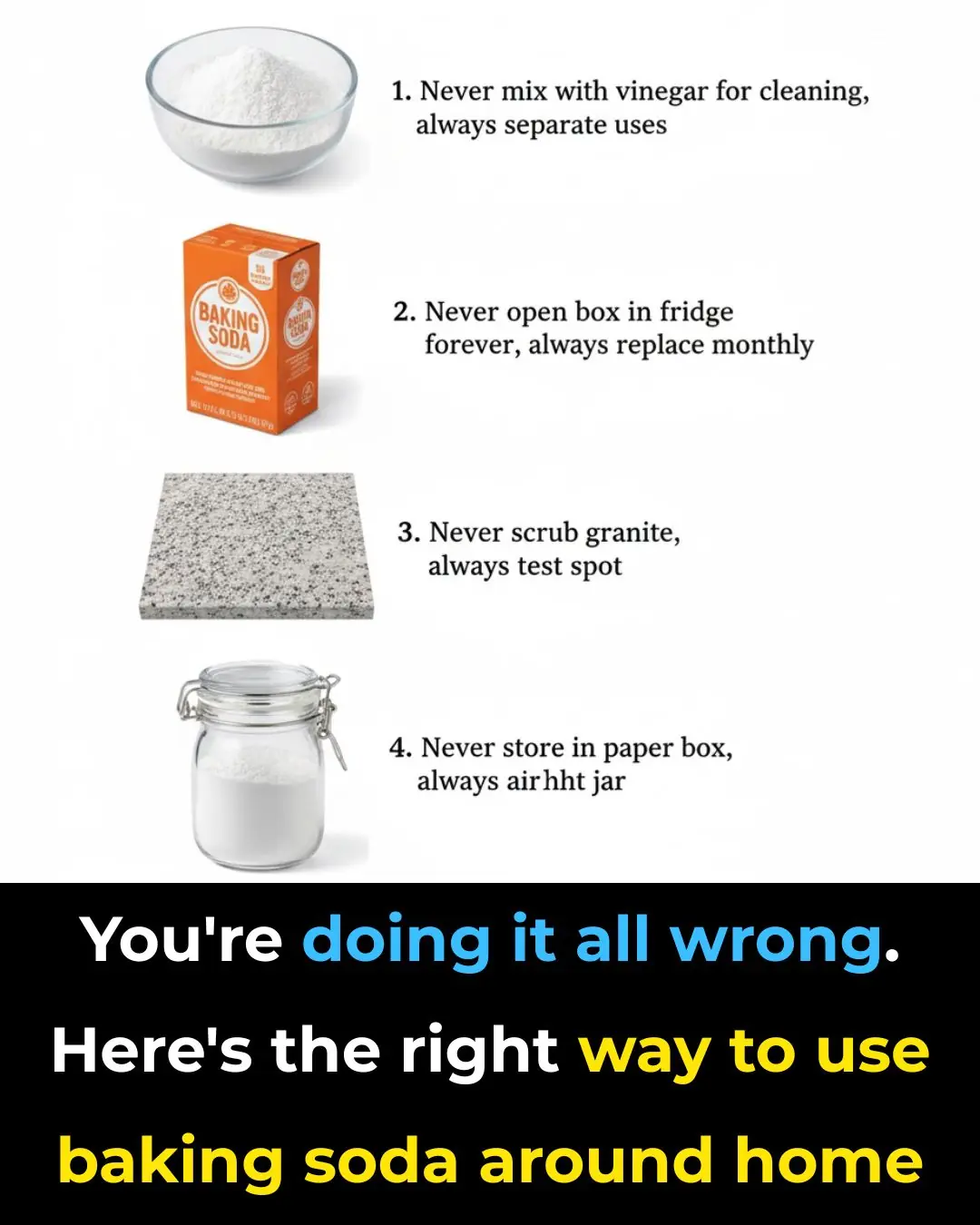
These ideas are brilliant
Tips 09/11/2025 00:30
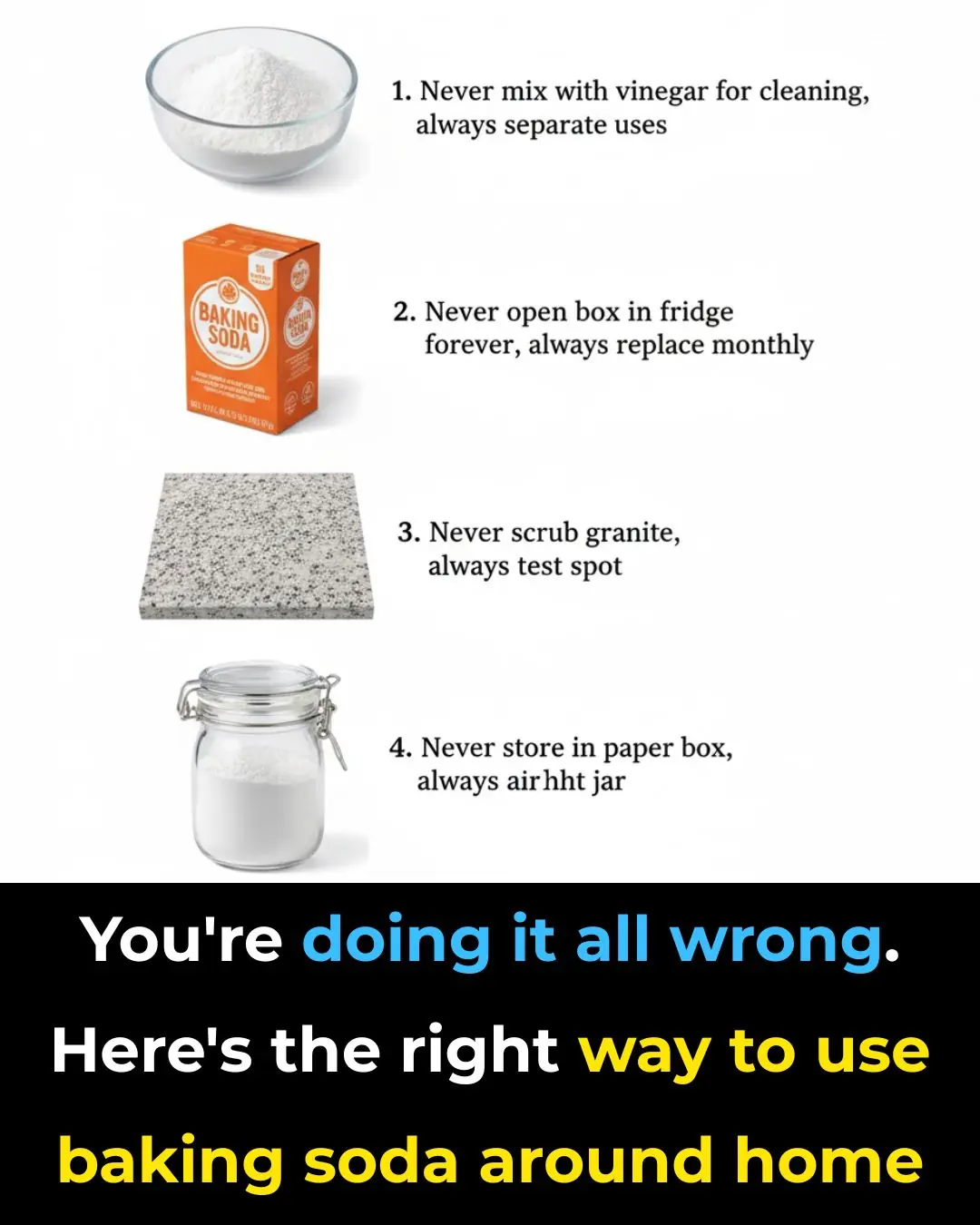
You’re doing it all wrong. Here’s the right way to use baking soda around home
Tips 09/11/2025 00:28

Keeping these 4 things on your bedside table can easily cause insomnia and hair loss

You’re doing it all wrong. Here’s the right way to unclog a drain

Most do this wrong. 10 things that make mold grow faster

How to make bean sprouts without watering, in just over 2 days you will have big, white bean sprouts
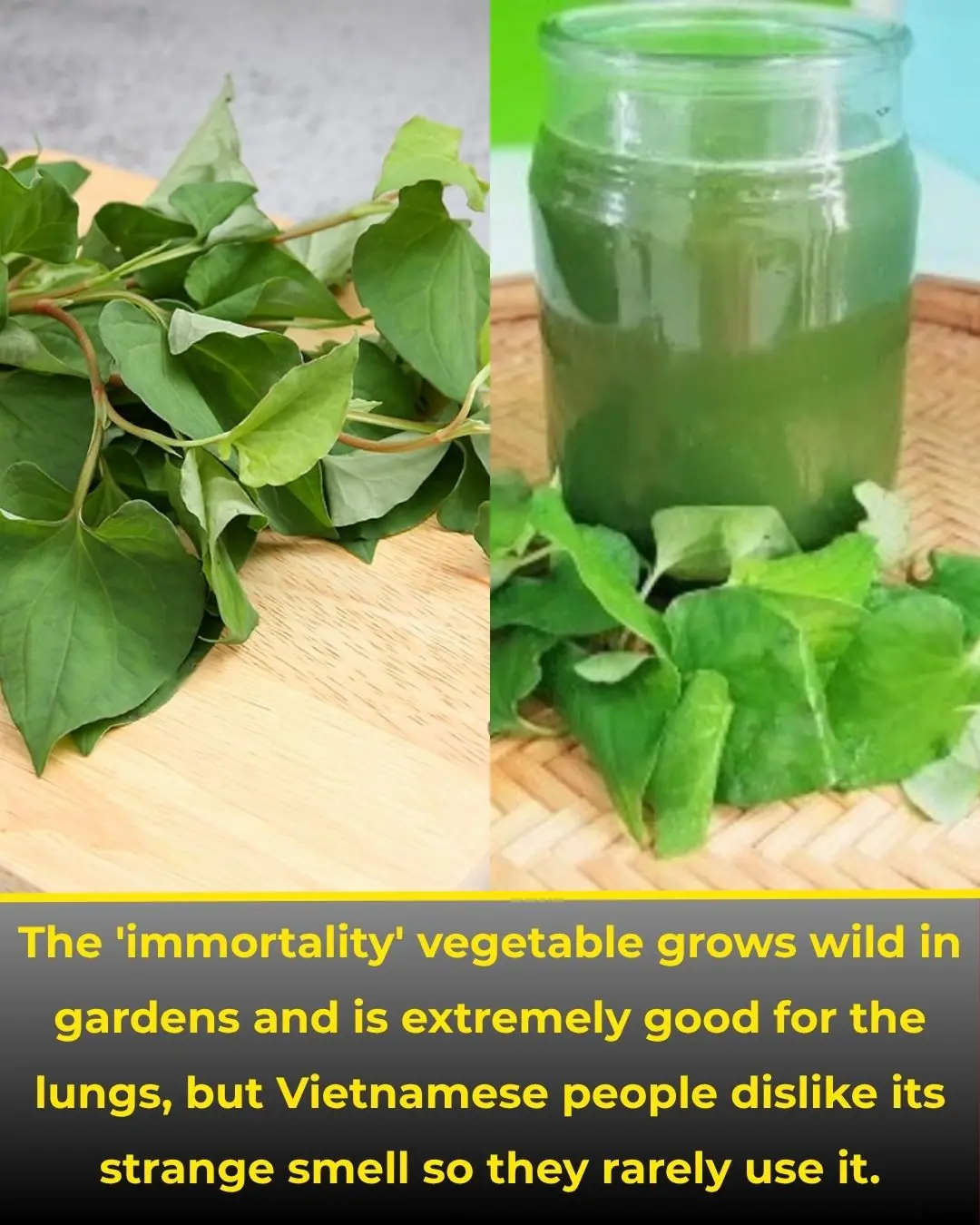
The 'immortality' vegetable grows wild in gardens and is extremely good for the lungs, but Vietnamese people dislike its strange smell so they rarely use it.
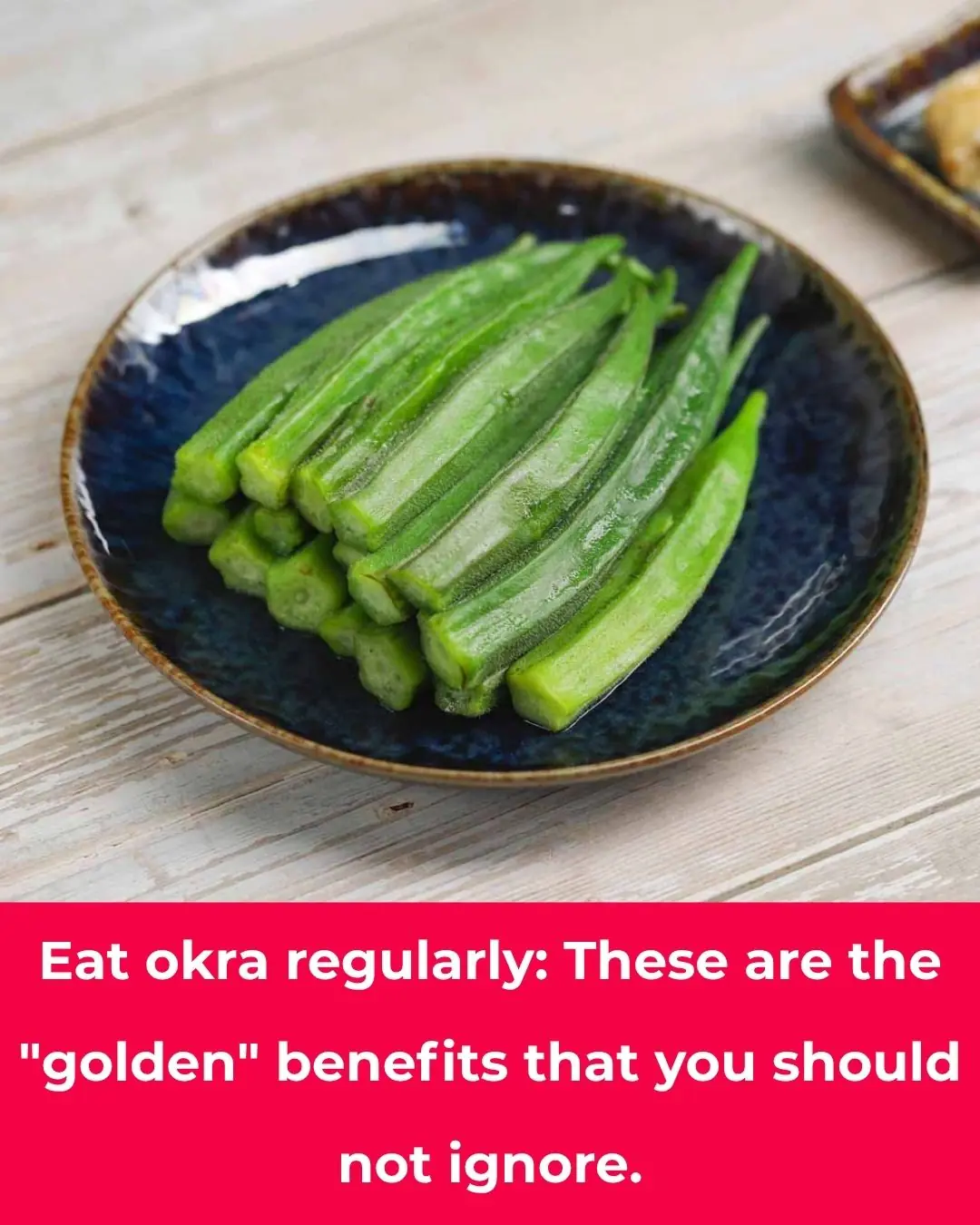
Eat okra regularly: These are the "golden" benefits that you should not ignore.
News Post

Knowledge of how a water filter can become a disease site
Tips 09/11/2025 14:11

When boiling pork intestines, don't put them in cold water: Doing it this way will make the intestines white and crispy, but not tough.
Tips 09/11/2025 13:41

Bone stew, simmered bones for this dish, the meat is tender and the broth is sweet and clear.
Tips 09/11/2025 13:40

Last weekend, I made grilled ribs like this to treat my guests. Everyone exclaimed because it was so delicious.
Tips 09/11/2025 13:38

When you buy pork, don't wash it in water right away. If you do this, the meat will stay fresh and delicious for a whole month.
Tips 09/11/2025 13:36

Don't put ripe bananas in the refrigerator right away: Do it this way, and they will stay fresh for a whole month, without turning black or spoiling.
Tips 09/11/2025 13:33

Sour star fruit soaked in rock sugar has great effects?
Tips 09/11/2025 13:31

7 Surprising Things Men Actually Notice About Women
Facts 09/11/2025 12:43

Optical Illusion Tells You Whether You’re Private Or Powerful
Facts 09/11/2025 11:41

How to Use Tea Bags on Your Eyes: A Natural Remedy for Dark Circles, Puffiness, and More
Beatuty Tips 09/11/2025 11:07
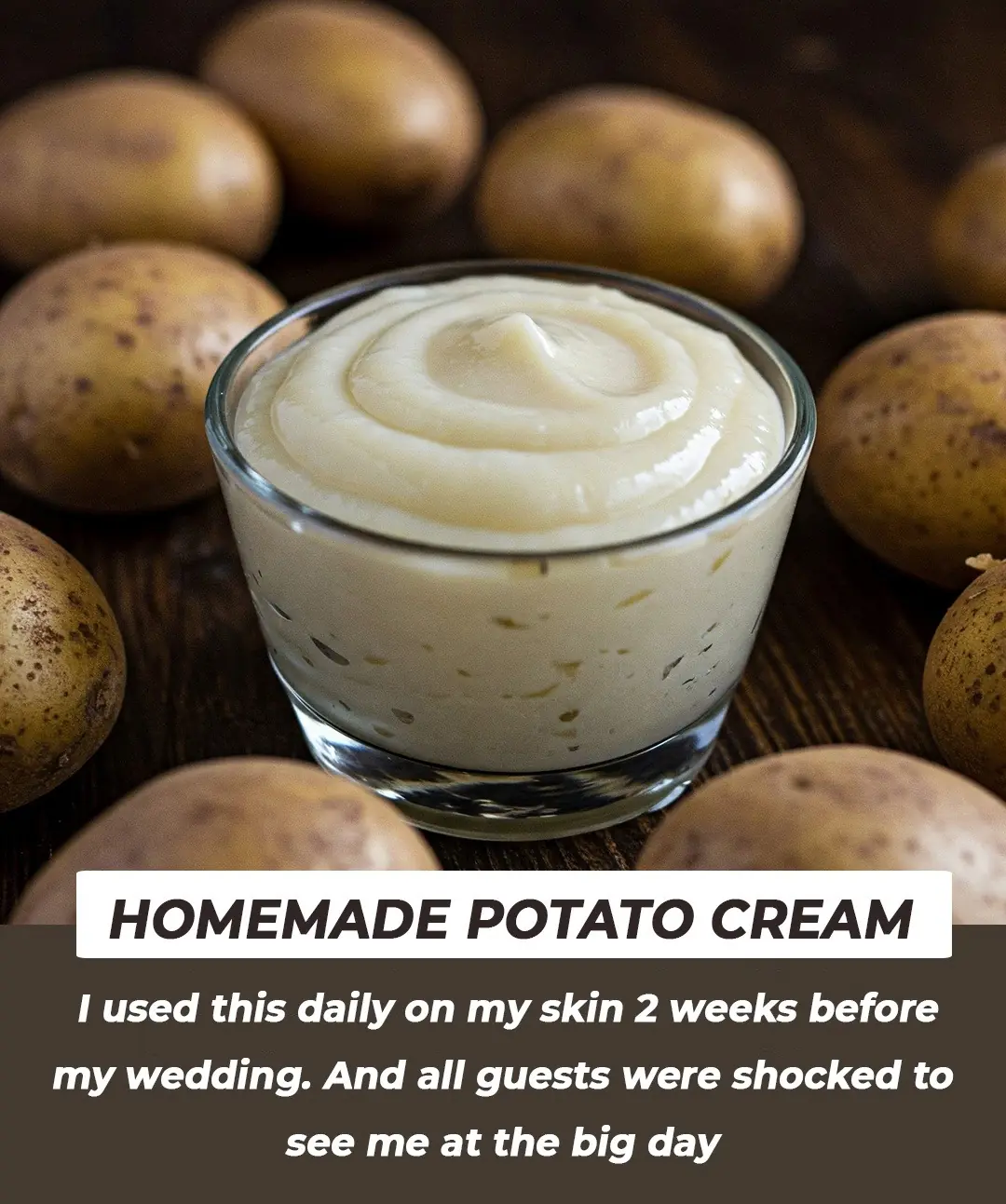
Potato Gel for Glowing Skin & Dark Spots: A Natural Solution for Hyperpigmentation
Beatuty Tips 09/11/2025 11:03

5 DIY Turmeric Face Washes for Every Skin Type
Beatuty Tips 09/11/2025 10:55

9 Amazing Ways Baking Soda Can Elevate Your Beauty Routine
Beatuty Tips 09/11/2025 10:53

9 Benefits of a Yogurt Face Mask and How to DIY It
Beatuty Tips 09/11/2025 10:49

Crush a handful of these leaves and put them in the room
Tips 09/11/2025 09:56
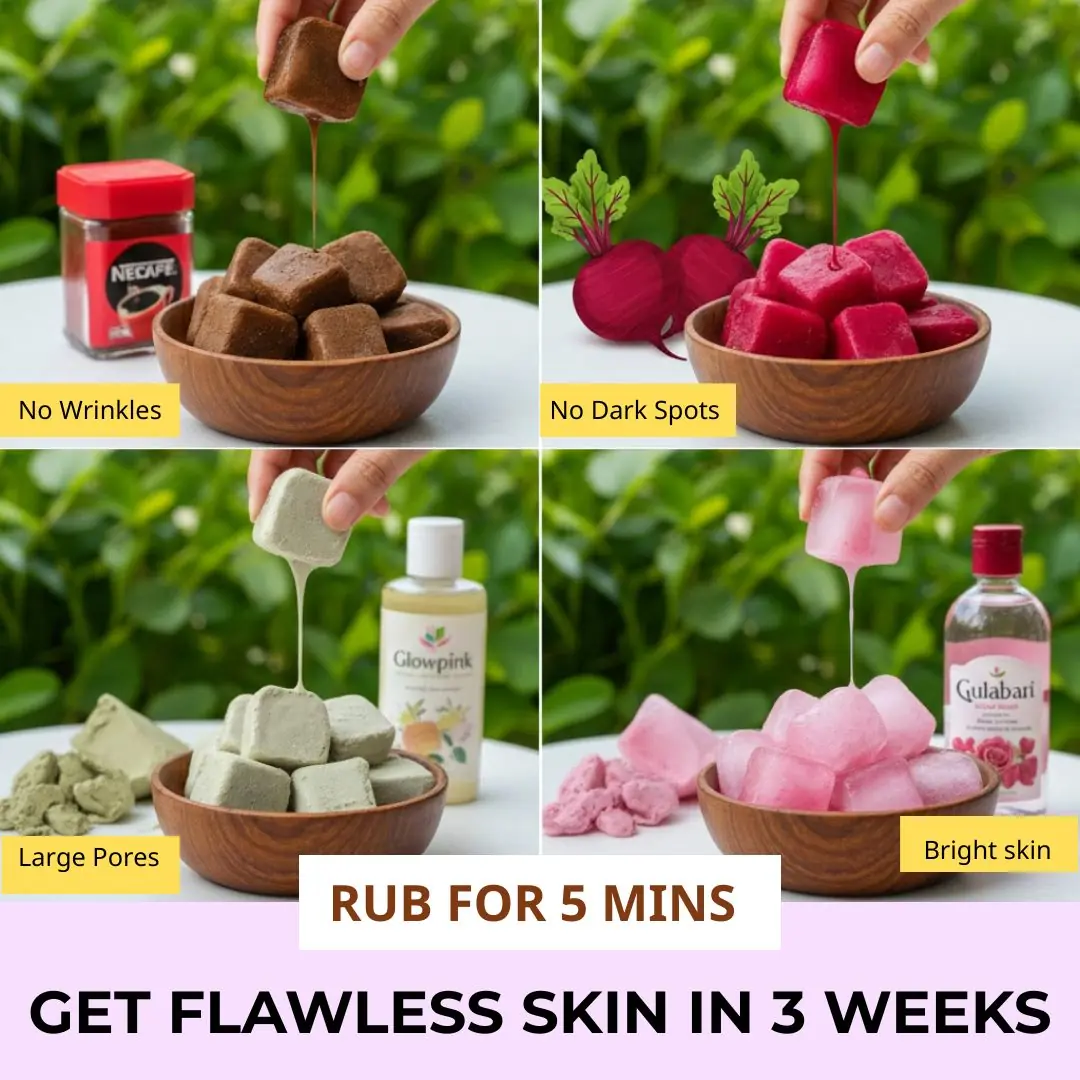
10 DIY Beauty Cubes for Beautiful & Flawless Skin
Beatuty Tips 09/11/2025 01:26

Help! My 8-year-old was bitten by this strange bug, and I’m really worried. My sister-in-law nearby has seen similar ones. Any idea what it is?
Tips 09/11/2025 01:24

You’re doing it all wrong. Here’s the right way to wash pillows
Tips 09/11/2025 01:22

7 Best Ways To Use Lemon For Beautiful Skin
Beatuty Tips 09/11/2025 01:21